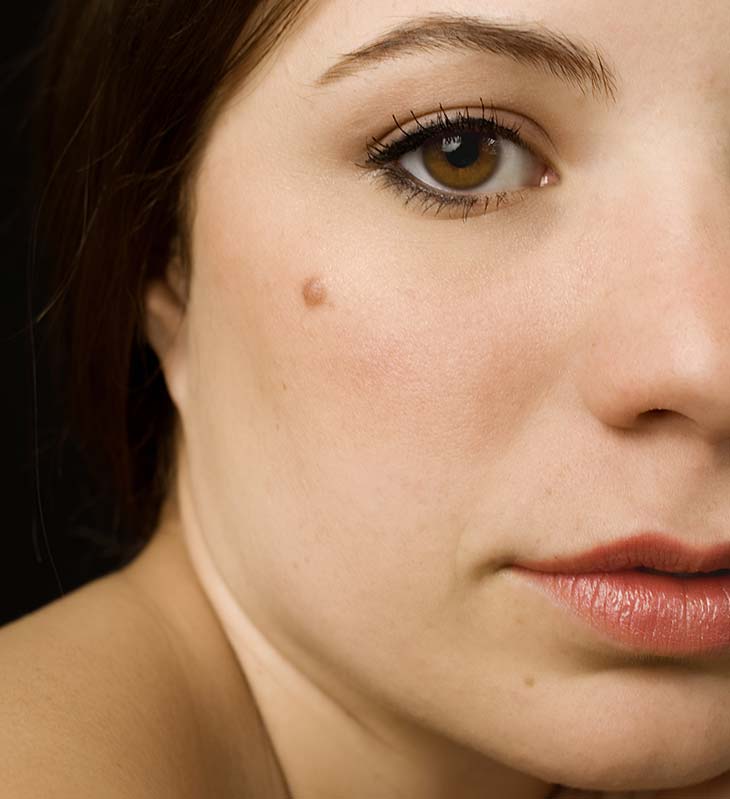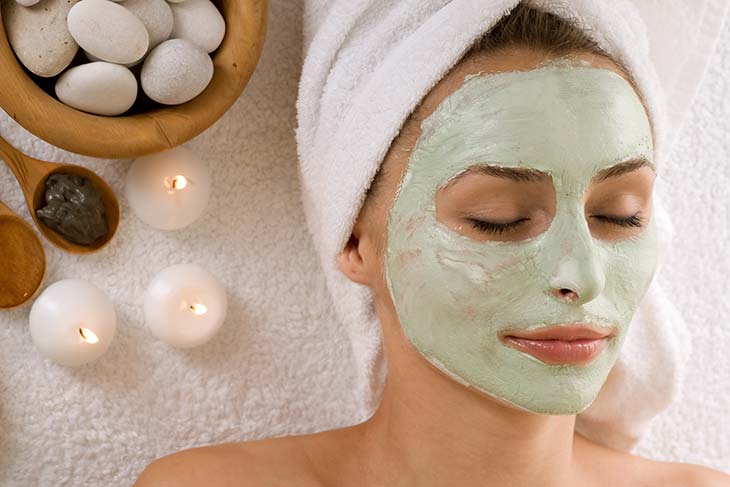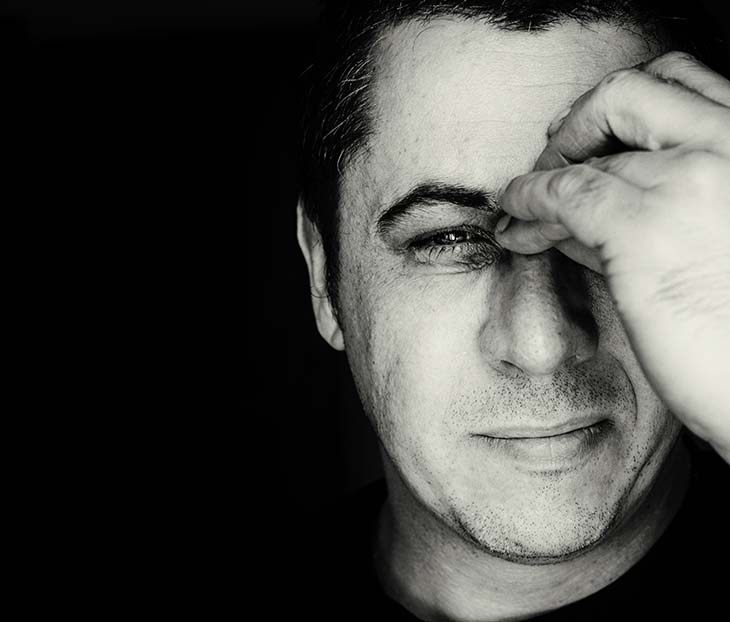With so many cosmetic procedures available, it can be hard to determine which type or types are right for you, especially when making the stressful decision of whether or not to undergo surgery. Fortunately, there are ways to make this process easier. First, prospective patients can find resources like this one to educate them and give the guidance. Second, during their consultation, patients can discuss their options with their plastic surgeon, who will have the knowledge and experience to help patients make the right decision.
Surgical Cosmetic Procedures
Surgical cosmetic procedures, or cosmetic surgeries, are what typically come to mind when we think of procedures that are performed by plastic surgeons. Cosmetic surgeries are invasive procedures that typically require general anesthesia, but deliver dramatic results that can last for several years up to a lifetime, depending on the patient and the procedure.
The most common cosmetic surgery procedures in 2015 were breast augmentation with 279,143 procedures performed that year, liposuction with 222,051 procedures performed, nose reshaping (rhinoplasty) with 217,979 procedures performed, eyelid surgery (blepharoplasty) with 203,934 procedures performed, and finally tummy tucks (abdominoplasty) with 127,967 procedures performed. In total, 1,706,106 cosmetic surgery procedures were performed in 2015.
Non-Surgical Cosmetic Procedures
Non-surgical cosmetic procedures, or minimally-invasive cosmetic procedures, are alternatives to surgery. These procedures typically require no anesthesia, or use local anesthesia, and give more subtle results. Results of non-surgical cosmetic procedures are typically temporary and last from a few weeks to a year or more, depending on the patient and procedure.
The most common non-surgical cosmetic procedures in 2015 were Botox with 6,757,198 procedures performed over the course of the year, soft tissue fillers with 2,440,724 procedures performed, chemical peels with 1,310,252 procedures performed, laser hair removal with 1,116,708 procedures performed, and microdermabrasion with 800,340 performed in 2015. As you can see, non-surgical cosmetic procedures are far more popular than surgical cosmetic procedures. In total, 14,202,224 non-surgical cosmetic procedures were performed in 2015, more than eight times the number of surgical procedures.
So Which is Best?
Neither surgical cosmetic procedures nor non-surgical cosmetic procedures are objectively better than the alternative in every case for every patient. Instead, it depends on the patient’s goals, financial situation, and health history. Discussing these subjects with their plastic surgeon can help patients figure out whether a surgical or non-surgical cosmetic procedure is right for them.
There are, however, some differences that can help patients determine which option may be best before they even meet their surgeon.
Because non-surgical options give subtle and temporary results, this means they may be better for patients who aren’t seeking significant change or just want a bit of extra oomph for a special occasion. However, patients who want more dramatic or permanent results may be better served by surgery. Remember, surgery can also provide subtle changes; but non-surgical treatments are limited in the amount of dramatic change they can provide.
Non-surgical options are usually cheaper per treatment than surgical alternatives, making them attractive to patients on a more limited budget. On the other hand, because non-surgical options typically require retreatment to maintain results, surgery may end up being cheaper over time.
Choosing the Right Plastic Surgeon for Your Cosmetic Procedure
Regardless of whether you choose a surgical or non-surgical cosmetic procedure, it’s important to have an experienced cosmetic surgeon like Dr. Binder perform your procedure. Dr. Binder is conveniently located in Los Angeles, is double board certified and has a passion for helping patients achieve their goals.
If you’re interested in a facial cosmetic procedure, whether surgical or not, don’t wait to act. Dr. Binder is always accepting patients for consultations, so contact his office today to schedule your appointment and find out which cosmetic procedure or procedures are right for you.









